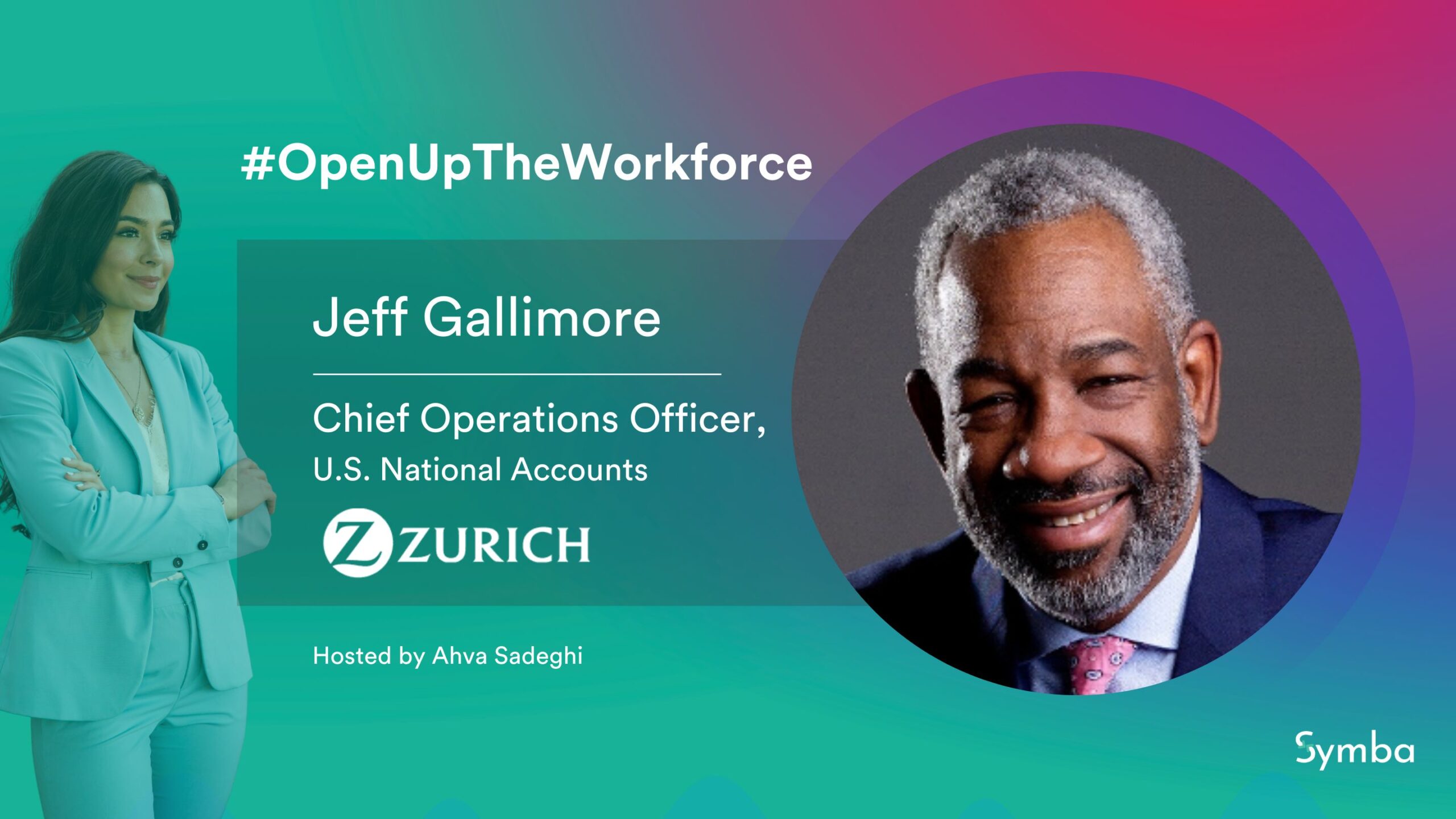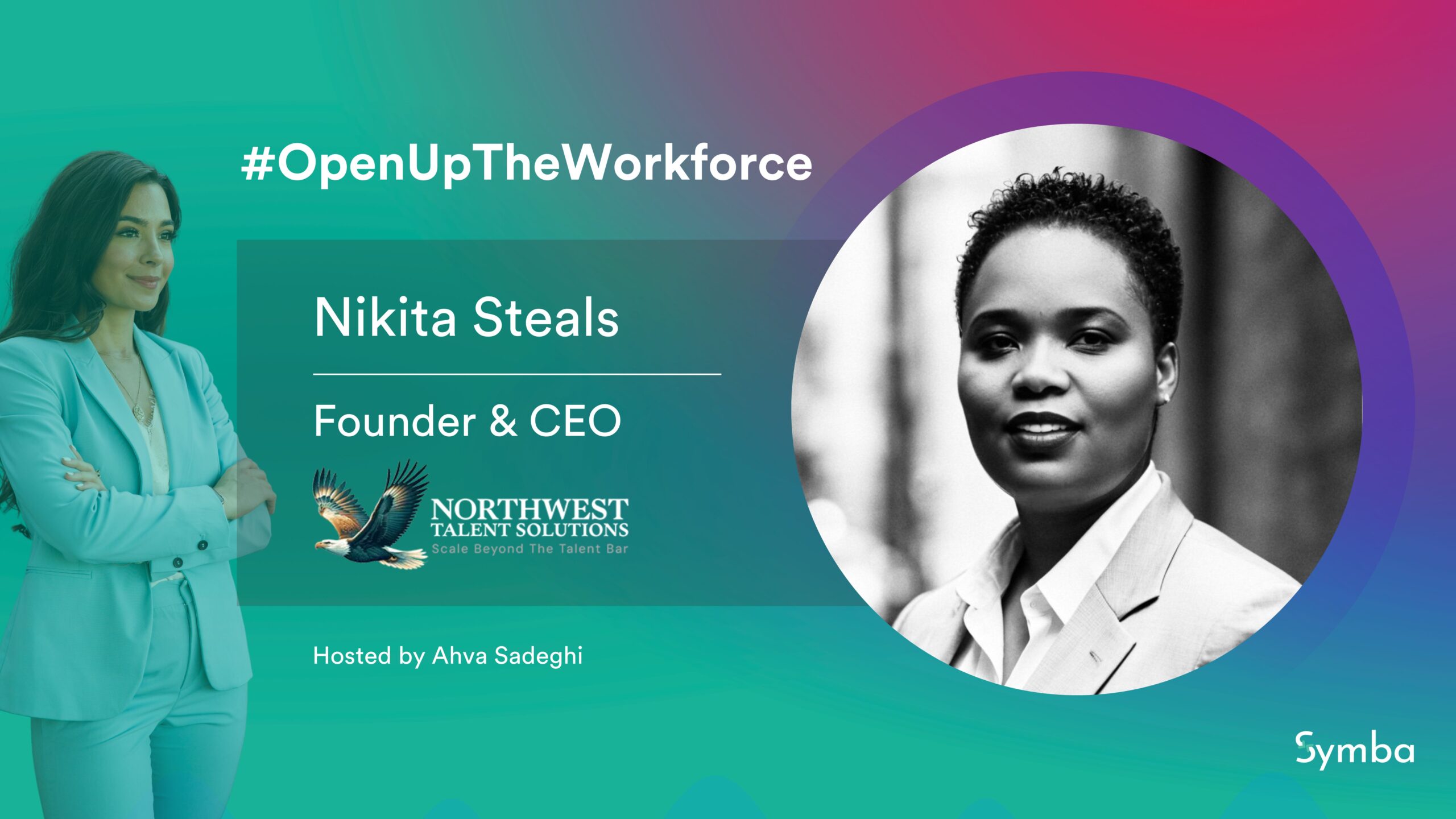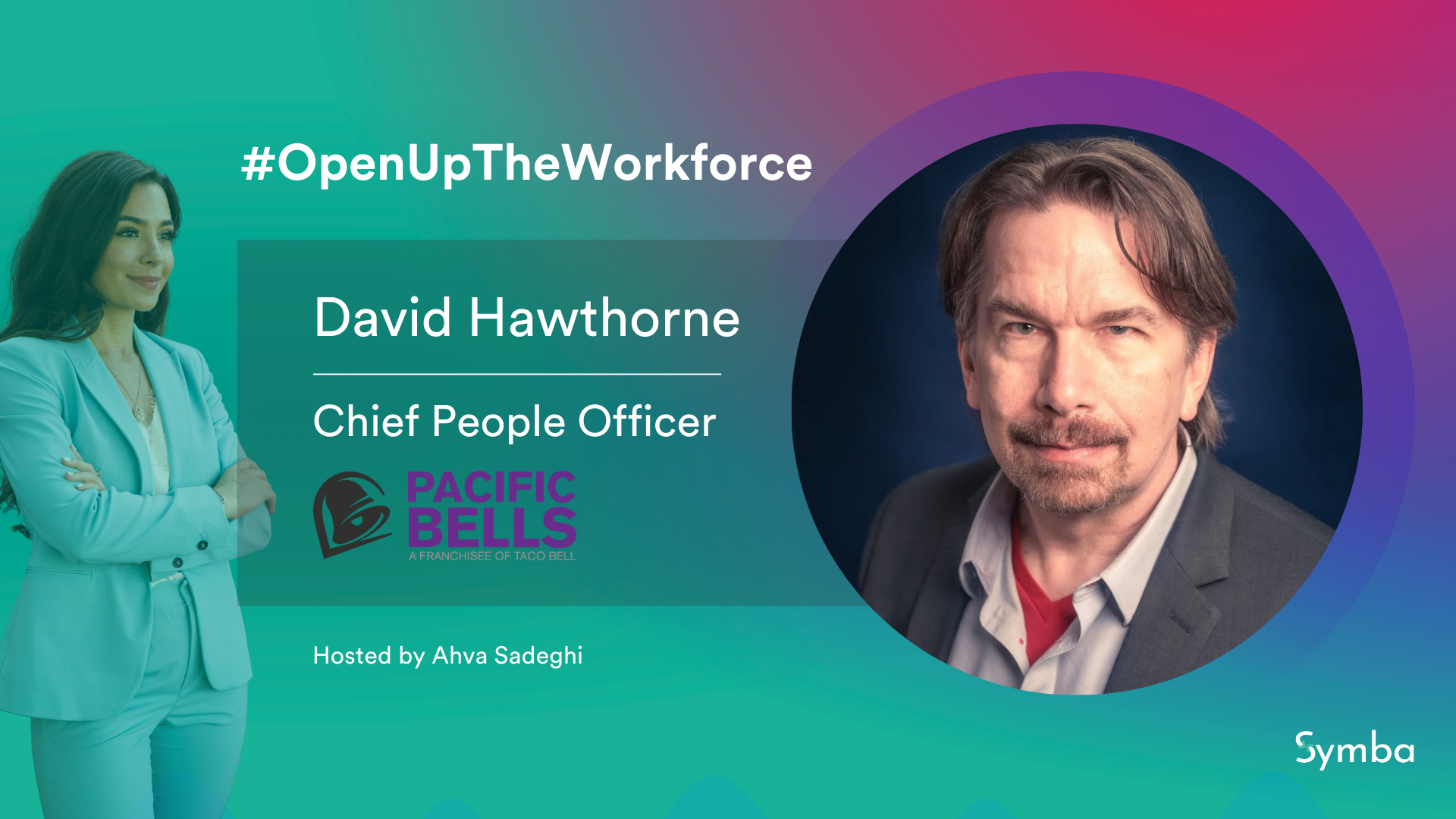Last month (April) was Second Chance Month, bringing awareness to the challenges people who were formerly incarcerated face trying to access housing, jobs, and education when they re-enter society, and promoting policies and programs that can help them successfully reintegrate into their communities.
When someone is released from prison, they often face significant barriers to finding work and rebuilding their lives. Many employers are hesitant to hire people with criminal records, and even those who are willing to give them a chance often require extensive job experience or specific skills that many previously incarcerated people have not had the opportunity to train for. This can lead to a vicious cycle of poverty and recidivism, where individuals struggle to find work, turn to criminal activity to support themselves, and end up back in prison.
Why Apprenticeship Programs?
Workforce development programs like apprenticeships offer a way to break this cycle by providing individuals with the training, skills, and experience they need to find meaningful employment and succeed in the workforce. Apprenticeship programs combine classroom instruction with on-the-job training, allowing participants to learn practical skills while also earning a paycheck. They offer the opportunity to build relationships with employers, which can lead to job offers (over 90% of apprentices who completed their apprenticeships convert to full-time employees) and career advancement opportunities down the line, reducing the chance for recidivism.
The Iowa Department of Human Rights conducted a recent study of over 1000 individuals who were enrolled in Iowa Department of Corrections (IDOC) apprenticeship programs and shared some compelling results. While the overall 3-year recidivism rate in 2021 was 38.7%, as reported by the IDOC, individuals who had completed an apprenticeship had nearly half that recidivism rate. Additionally, after 2 years of completing an apprenticeship program, 64% were still employed, compared to 47% of those who didn’t complete their apprenticeship and 32% of the total 2018 population released. Those who completed their programs also earned higher wages after two years; $9,686 per quarter compared to $7,501 for those who didn’t complete and $5,766 for the total 2018 population released.
Given that the U.S. has nearly 2 million people who are incarcerated and 6.9 million justice-involved individuals, at any given time, these programs have the potential to improve a lot of lives. JFF’s Director of National Innovation Hub on DEIA in Registered Apprenticeship Joshua Johnson shares his own personal experience of how an apprenticeship opportunity post-incarceration enabled him to “forge a career path” and “provide for myself, my wife, and my children, and also to make changes to diversify Registered Apprenticeship and help make it more equitable, inclusive, and accessible for people like me and others who have been underrepresented in the industry.”
Examples of Apprenticeship Programs Supporting People Who Are Currently and Formerly Incarcerated
Apprenticeship programs for people who are or were involved with the justice system can range from pre-release programs that are offered while people are currently in correctional facilities or programs that support individuals who were previously incarcerated. The aforementioned IDOC programs are pre-release programs. Registered with the Department of Labor (DOL), these 29 programs prepare individuals impacted by the justice system for roles as Cooks, Plumbers, Electricians, Welders, and more.
Next Chapter, initially developed as a pilot program by Slack in partnership with The Last Mile, WK Kellogg Foundation and FREEAMERICA, works with bootcamps to help people who were previously incarcerated learn how to code and then places them at employer partners for paid software engineering apprenticeship opportunities. Graduates are positioned for a successful career in tech, with an average of $100K in base compensation, 0% recidivism rate, and 92% placement into full-time jobs.
The Anti-Recidivism Coalition (ARC), based in Los Angeles, has created a Pre-Apprenticeship Readiness Program in partnership with the Los Angeles Unified School District (LAUSD), the Los Angeles Federation of Labor, and the LA/OC Building Trades. A pre-apprenticeship program, like its name suggests, prepares participants to succeed in an apprenticeship program. ARC’s 11-week program trains people who were impacted by the justice system while paying them a livable wage and has a placement rate into union apprenticeships of over 80%.
While not officially called an apprenticeship program, the Solar Panel Training Program run by Homeboy Industries functions similarly to one and combines tuition, tutoring, and financial support. Participants take photovoltaics classes from the East Los Angeles Skills Center where they learn about solar-panel design, construction, and installation, and acquire marketable skills to work in the solar industry.
While each program has its own unique approach, they all share a common goal of providing individuals involved with the justice system with the training, skills, and support they need to succeed in the workforce and build a better future for themselves and their families.
How to Build More Successful Programs
Apprenticeship programs have shown great promise in providing second chances to people who are currently and formerly incarcerated, but more work needs to be done to increase enrollment and completion of these programs, and ensure these opportunities are equitable and truly setting justice-involved people for success.
- Pay fair wages, especially for pre-release programs. The Thirteenth Amendment explicitly allows for forced labor as punishment for a crime, leaving people in the justice system vulnerable to exploitation. The Center for American Progress found that “the median starting wage of inmate apprentices from 2008 to 2016 was 7 cents an hour and the median exit wage was 35 cents.” Even as of 2019, the average starting hourly wage for apprentices in the justice system was only $0.57 cents. What’s worse - there are many programs that don’t even pay their apprentices who are incarcerated. Even the programs that offer more pay have high deductions that result in very low wages. Paying apprentices who are justice-involved fair wages can help reduce the financial burdens that their families face while they’re incarcerated and the financial burdens they will most likely face once they’re released.
- Reduce unnecessary transfers, and make necessary transfers less disruptive. The IDOC found that apprentices who had a transfer had less than half the completion rates as those who didn’t have a transfer. Individuals are often transferred across state lines, and away from their home states, with the average distance being 1252 miles. These transfers can be extremely disruptive to apprenticeship programming if there’s no equivalent program at the new facility or the individual is unable to be reinstated into a program. While transfers can be necessary to move individuals in the justice system closer to family or from a higher security facility to a lower security one, it’s important that they’re able to continue their apprentice training.
- Offer programs with less time commitment. The IDOC study found that the average length of stay for those that completed their apprenticeships was 126 months whereas the average length of stay for those that didn’t complete was just under 47 months. Programs offered were typically 2-4 years long, not including the time it takes to get into the program or to get a GED since some programs require a high school degree or equivalent. Clearly, those with shorter sentences would have difficulty completing their apprenticeships. Shorter pre-apprenticeship programs can provide options for individuals with shorter sentences to prepare for an apprenticeship upon release.
- Employers need to be more engaged. In order for these programs to be truly successful, participants need to be able to find meaningful employment afterwards. The chances of this happening are higher if employers are involved in apprenticeship programs. Employer involvement in building and running programs can ensure that apprentices are learning marketable and employable skills and increase the likelihood of job opportunities post-apprenticeship.
Final Words
As we continue to observe Second Chance Month in the coming years, we must remember the importance of providing second chances to individuals who have been and are being impacted by the justice system. Apprenticeship programs offer a powerful tool for helping these individuals overcome the barriers they face and build successful, fulfilling lives. However, it’s important to recognize that there are still many improvements that need to be made to ensure these opportunities are equitable and effective, and that apprenticeship programs are just one piece of the puzzle. Apprenticeships must be part of a broader set of policies and programs that address the many other challenges faced by people who are currently or formerly incarcerated, such as housing, healthcare, and education.





